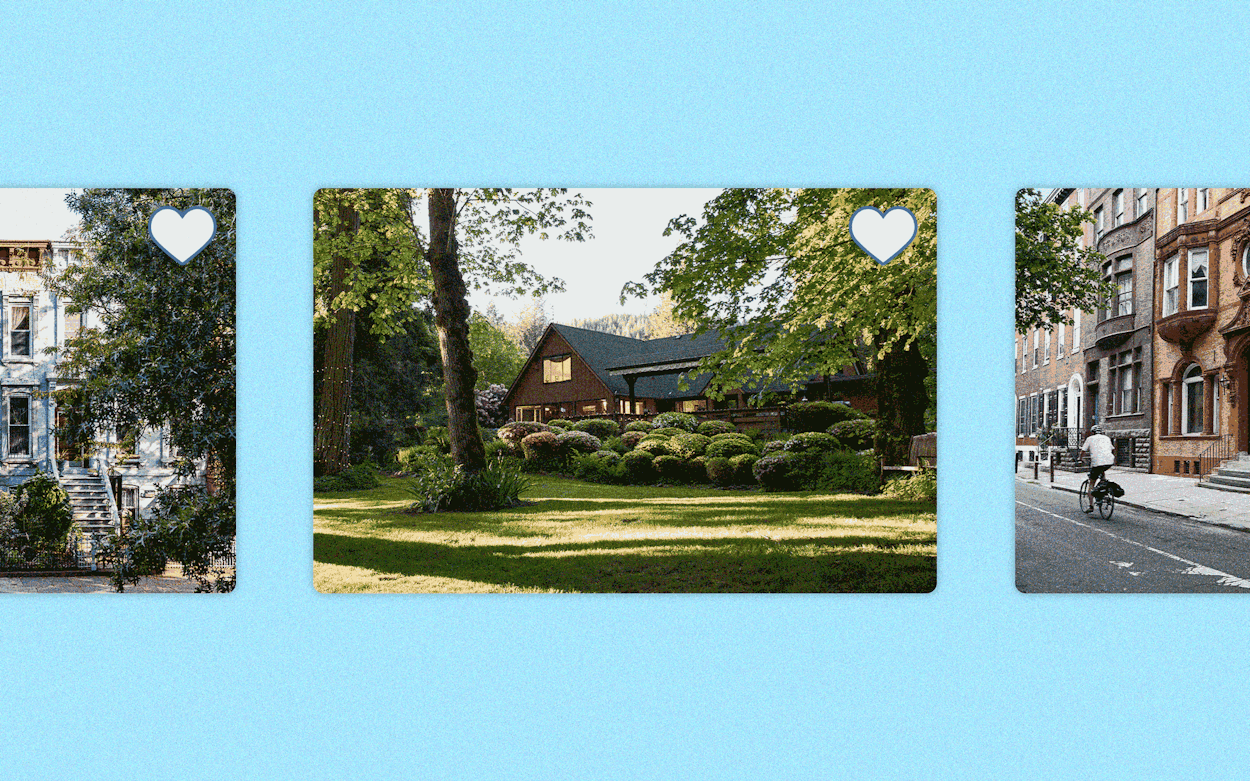Summer used to be my favorite season in Texas. Sure, the temperatures might hit triple digits now and then, but a dip in a swimming hole always provided enough relief, and there was something alluring about long, languid summer nights spent watching late sunsets after an evening hanging out on the porch. I still love to soak in the Guadalupe River and the cool waters of Barton Springs Pool, but as Texas enters a new era of extreme heat, my usual coping mechanisms—swimming, drinking my weight in sparkling water, complaining—are no longer cutting it. In years past, it was usually cool enough by dusk to take a walk around the block without ending up fully drenched in sweat. That is no longer the case. Around 8 p.m. on a recent night, I tried to clip my dog’s leash onto her collar for a walk, and she refused to budge from her bed, looking up with weary eyes. I knew how she felt. The next day, when a radio announcer declared that we were in for another heat index of 109, I flinched and cursed.
Some of this crankiness might be because I’m getting older. When I moved to Austin, in 2010, I was in my early twenties, and the heat didn’t faze me. Back then, my friends and I would be outside all summer, picnicking at outdoor concerts and camping at state parks in July. I still relish the ease of sandals and sundresses, and I swear by the restorative power of a watermelon agua fresca. But, as it turns out, there is a big difference between a high of 95 degrees (tolerable!) and 105 (miserable), and lately, we’ve been seeing a lot more of the latter. On really sweltering days, only one thing helps: Zillow.
First, a disclaimer: I love my life in Austin and have no intention of leaving. My family, most of my friends, and my career are all here. The sense of community on our block, where the kids often set up a snow cone stand and the adults recently started a neighborhood book club, is fantastic. And how could I live without breakfast tacos and H-E-B? Yet there I am, sprawled on the couch under a ceiling fan on its highest setting, clicking through Zillow or Redfin photos of homes for sale in cooler places: Asheville, North Carolina; Eugene, Oregon; Fort Collins, Colorado. The exact location doesn’t matter, as long as it’s somewhere with mild summers. I’m a sucker for a big backyard and a garden with raised beds. I linger over front porches and sunrooms, reading nooks and back decks. Sometimes I text a link to my husband, adding an annoying comment: “Look at all that natural light,” or “It’s only 76 there today!” He usually doesn’t reply.
Zillow surfing isn’t new, of course. The site took off during the pandemic, when its traffic grew to 9.6 billion visitors in 2020, up from 1.5 billion in 2019. In 2021 a Saturday Night Live skit compared browsing Zillow to indulging in a romantic fantasy, complete with a pajama-clad Dan Levy breathlessly whispering, “I’d never live in North Carolina, but if I did, I’d buy a big, gross mansion.”
What I’m describing, though, is a specific kind of yearning, a lust for cooler days. I polled my friends and Texas Monthly colleagues, and more than a few admitted to looking at houses in other states (though a surprising number didn’t want to be quoted, which perhaps speaks to the stigma of even flirting with the idea of leaving Texas). “Lately, I’ve been looking in Wisconsin and Minnesota,” said TM’s Dan Solomon, “because they’re so terribly, terribly cold.” Part of the allure of those destinations, he adds, is their low cost of living when compared with Austin, which now ranks among the nation’s most expensive cities for housing. “I wouldn’t actually want to live [in the Midwest], but it’s great as a zero-commitment fantasy. You can just close the tab and go back to your life.”
Christine Brown, a publicity and advertising manager in College Station, has been dreaming of Alaska. “My brother lives there, and every picture he posts sends me to Zillow,” she said, “even though I know I’d never be able to handle the winters. I’ve definitely been doing it more this summer.” Family connections are a common theme: Mimi Swartz, a TM executive editor in Houston, browses listings in Philadelphia, where her son lives. Though my spouse doesn’t share my love of Zillow, he admits to feeling serious FOMO when his sister, who lives in Seattle, sends photos of her midsummer hikes to local waterfalls.
Alongside the Pacific Northwest and the mountain West, New England is a popular dream destination. My friend Jill Hokanson, a therapist in Austin, likes to browse “farms in Vermont that cost less than our house.” (Three other contacts mentioned Vermont, though that mountainous state is not immune to the climate crisis, with its recent devastating floods.) She’s also fond of videos of cottages in the snow. She and her fellow Texas therapists, she says, are talking more about reverse seasonal affective disorder: low mood caused by unrelenting heat. “This could lead to longing and escapism similar to what northerners experience in the winters.”
For some, real estate sites are a gateway drug—not to serious consideration of moving but to imagining other trappings of a fantasy life. After my colleague Aaron Chamberlain finds a house he likes in Spain or Italy, “I even look around on Google Maps to find nearby shops, bars, skate parks, and bike routes.” I’ve done this too, falling especially hard for houses around the corner from coffee shops and trails. My neighborhood is walkable, but not when it’s 106 degrees.
Still, I know that nowhere is perfect, and that immaculately staged homes are an illusion. Those online photos don’t show the tufts of dog fur in the corner, the sticky Cheerios between the couch cushions, the days when the roof needs to be replaced or the water heater breaks. Real life, with all its frustrations and imperfections, is inescapable wherever you live. I also know that my complaints about the heat are very privileged ones. For those of us with office jobs and homes with reliable AC, extreme heat is merely an inconvenience, while for Texans who have to work outside, or who are homeless or incarcerated in unair-conditioned prisons, it’s a deadly threat, and one that state leaders have yet to acknowledge as the public health crisis it is.
In a few months, temperatures will fall and Texans will rejoice. I’ll spend less time on Zillow and more time outside. There will be perfect 65-degree days in January when I’ll feel smug, jogging in shorts and a T-shirt as friends on the East Coast scrape ice off their cars and shovel their sidewalks. Come winter, all will be forgiven—until the next ice storm and power outage. Once the Wi-Fi comes back on, Zillow will be waiting, ready to offer respite.
- More About:
- Style & Design








